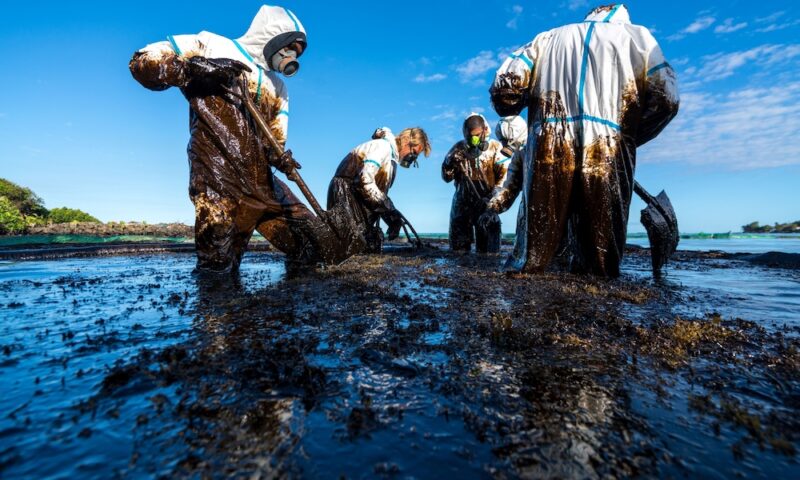As part of Uganda’s preparations for the 2025 oil production, China National Offshore Oil Corporation (CNOOC) and the Petroleum Authority of Uganda conducted the country’s first oil spill emergency drill in Hoima, which will help enhance the nation’s response capability to deal with pollution emergencies, the company said on Tuesday.
An oil spill is the release of a liquid petroleum hydrocarbon into the environment due to human activity and is a form of pollution. Oil spills are caused by releases of crude oil from tankers, offshore platforms, drilling rigs, wells, and refined petroleum products or the spill of any oily refuse or waste oil.
The drill simulated the rupture of the inflow pipeline between the No.3 well filed in Kingfisher oilfield and the central processing station, incorporating different models and various scenarios, which fully tested the emergency response capability and collaboration between Uganda and oilfield operators in case of sudden crude oil spills.

Chen Zhuobiao, the president of CNOOC Uganda, said that the company will continue strengthening safety awareness and urge contractors to implement safety and environmental protection measures to ensure that construction work for the Kingfisher oilfield project progress smoothly.
A local official said that the drill improved the emergency response capability and practical skills of local oilfield operators while enhancing the coordination capability of emergency disposal for various departments of the Uganda government, adding that it significantly promoted the safe and efficient development of local oilfields.

Uganda discovered the country’s first commercial oilfield in 2006 in the Lake Albert area, covering an area of 1,518 square kilometres with 6 billion barrels of reserves. The CNOOC-participated Lake Alberta project officially launched construction in February 2022 and is expected to begin production in early 2025. The project will bring new development opportunities for Uganda to become an important crude oil producer in East Africa.





